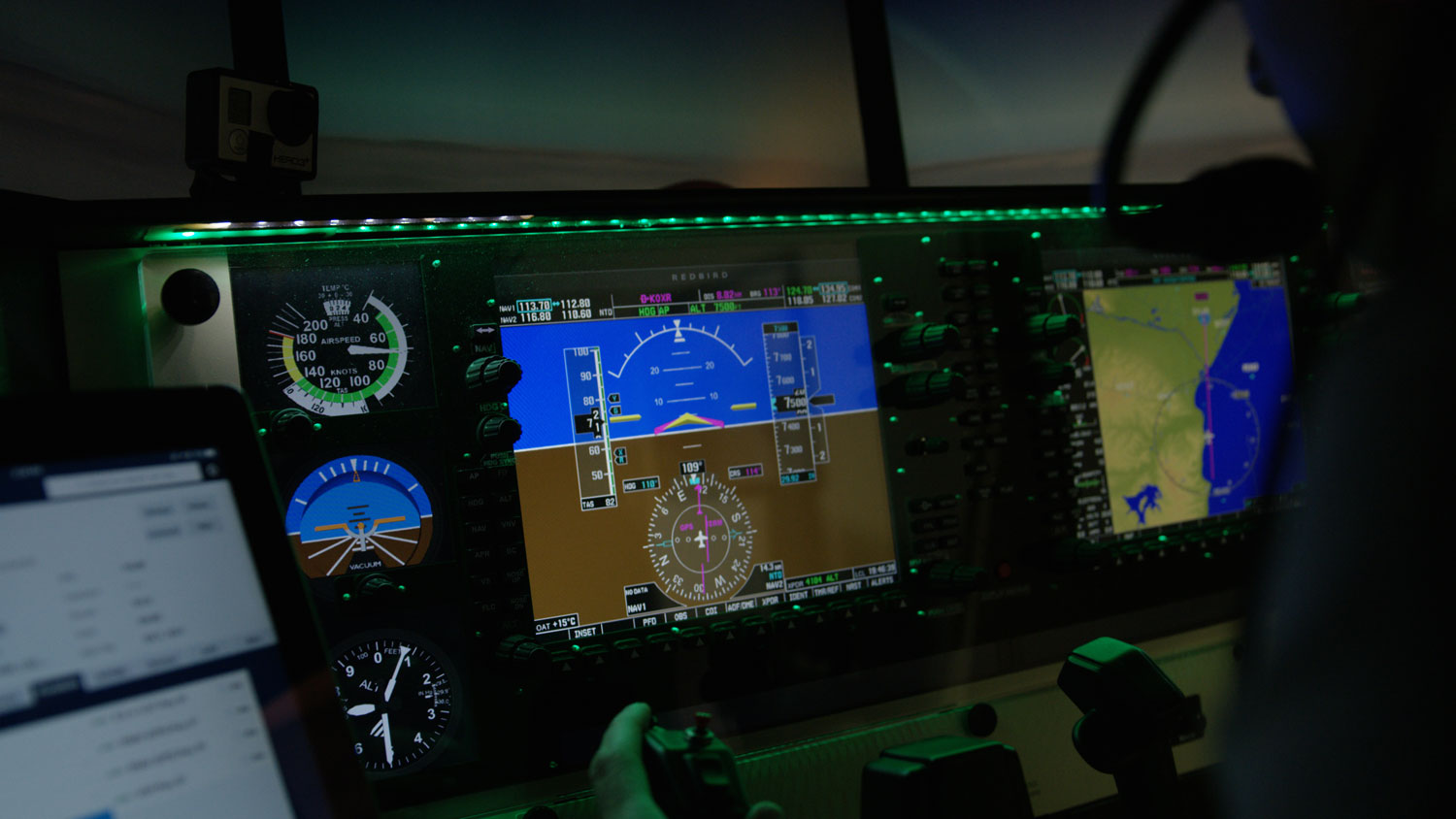The Engine Failure Fallacy
They say that flying is defined by hours of boredom, punctuated by moments of stark terror. Just ask Winging It host, Brittney Miculka. We can never be fully prepared for every type of emergency out there, but we can - and should - do our best to prepare pilots for a wide variety of situations, including those not required by the FAA Airmen Certification Standards.
Part of private pilot training includes practicing and preparing for potential emergency situations in the airplane, and as instructors, we tend to emphasize the few emergencies that the FAA uses to test new pilots. We perform engine failures, cockpit fires and alternator failures. We make sure our students can obtain the best glide speed for their aircraft and determine a good place for an off-field landing. We ensure they have memorized the Forced Landing checklist.
Related: 8 VFR Emergencies Perfect for Flying in a Simulator
But rote memorization is not the same as competence, and actual engine failures are a small fraction of real-world accidents. Yet we perform the simulated engine failure maneuver over and over again in the practice area as if that’s the one and only emergency they’ll ever be up against.
This is a grave delusion, of course. The engine failure, as we practice it, is pretty much a fallacy. True engine failures do occur, but an engine failure due to mechanical reasons is very, very small percentage of emergency situations. The main reason that engines fail is because of fuel starvation or fuel mismanagement - something that we don’t focus on as much as we should. The reality is that there are numerous reasons that emergencies are declared every day; engine failures are just one. Not to mention, even the much-practice forced landing is not likely to go exactly as advertised on those training flights. You can’t predict what might happen, and you can’t prepare for everything.
So how can we better prepare flight students for real-world emergencies? Expanding emergency training with the use of a simulator is one option. The simulated emergency approach to land is a maneuver that when practiced to proficiency has no doubt saved lives. We should continue to master that maneuver, along with the others in the ACS. But our current efforts in training for engine failures could quite easily be extended to many other types of emergencies, as well, by incorporating the simulator.
Related: How to Get Your Instructors to Use the Simulator
Emergencies that commonly occur in light aircraft are often ones that would be impossible or hazardous to practice in the airplane itself - even more reason to utilize a simulator to expose students to these emergencies. Here are a few emergency situations that can be difficult to simulate in the actual airplane, but when practiced in a simulator, can better prepare a pilot real world situations.
For primary students:
- An engine failure after takeoff
- VFR into IMC
- High altitude operations, including witnessing the increased takeoff roll and landing at a higher true airspeed.
- High headwinds/low fuel situations
- Spin training
- Aborted takeoff
For instrument pilots:
- Lost communications
- Vacuum or pitot-static failure
- Engine failure in IMC
- Icing
For commercial pilots:
- Loss of cabin pressure
- Medical emergency with passenger on board
- Single-engine flight in IMC
- Hydraulic systems failures
- Breakdown in CRM
If we look at the reasons that pilot declare emergencies, just a small percentage of them are due to a complete engine failure or an engine or cockpit fire, yet these are the emergencies that we tend to practice, especially with primary students. More than likely, a pilot’s first emergency will be one that he hasn’t practiced before. Exposing pilots to a variety of emergencies in the simulator can increase confidence and better prepare a pilot for proper response to different emergencies. And at the very least, it will help them become comfortable with the words “I’d like to declare an emergency,” which is often the first step to preventing an accident.
Share this
You May Also Like
These Related Articles

4 Real-Life Lessons for Your Initial CFI Checkride

What Should I Know About Flying in the Rain?
